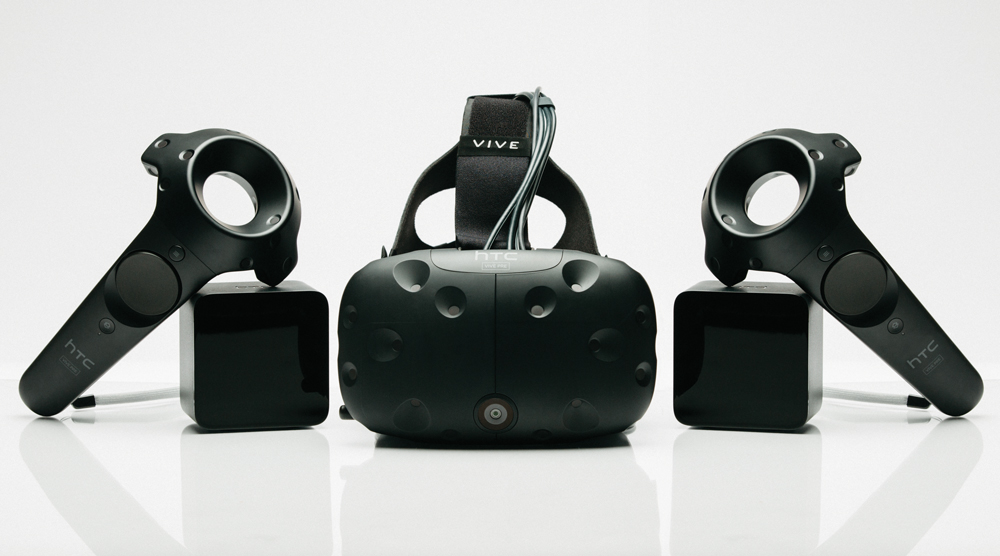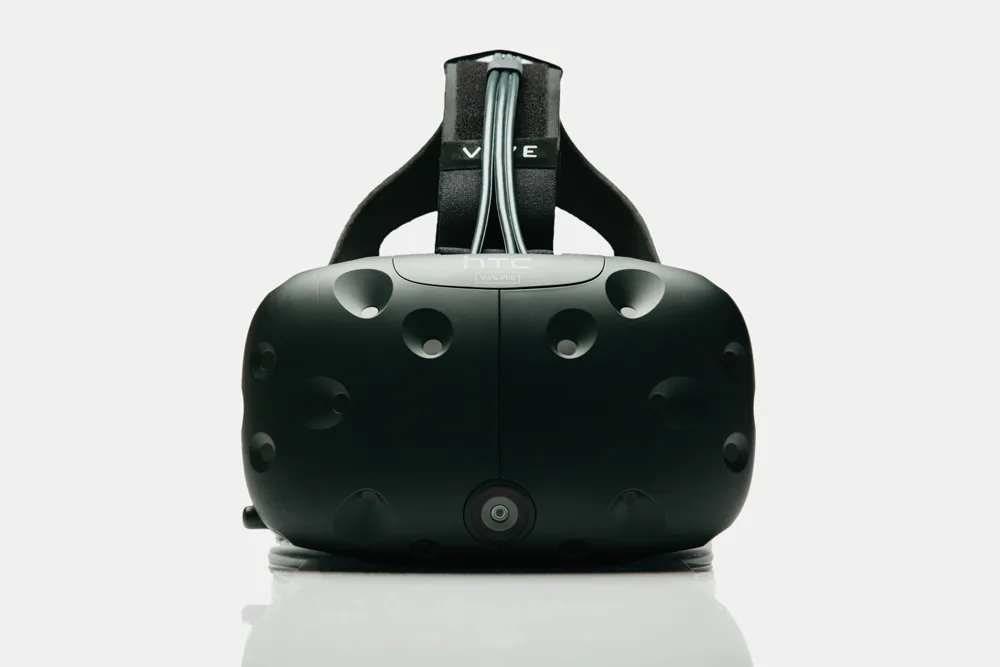If you had a holodeck like the one imagined in Star Trek more than 20 years ago, what would you do with it? How much would you pay to have that available in a room inside your home? These are relevant questions when thinking about HTC’s Vive, powered by Seattle-based Valve.
The bombshell announcement of the $600 price for Rift coming at the same time as pre-orders this week left some early VR enthusiasts, among them die-hard gamers with tight budgets, starting to think about buying a Vive instead. Many others are excitedly waiting for their Rift to arrive in March, April or May as Oculus catches up with all the pre-orders.
For these enthusiasts jumping ship to Vive because of price, I have some advice. Brace yourself to be disappointed again. HTC and Valve won’t discuss pricing until closer to pre-order, but I think it’s highly unlikely the Valve-powered VR headset will be cheaper than Rift. For everyone else still interested in what Vive offers, get ready to buy into what might very well be the first generation of a consumer holodeck at a mystery price that, I would guess, is somewhere between $600 and $1,500.* I honestly haven’t a clue how much it will cost to make Vive, but I know HTC is hurting for profit and Vive includes additional hardware beyond what’s included with Rift.
After playing with Tilt Brush in the new Vive Pre and using the updated functionality provided by the outward-facing camera, I believe Vive for a long time will firmly sit in a separate, more fully functional, high-end category of VR from the first generation Rift.

While I’ve tried Vive before, until today at CES I hadn’t yet experienced the walls melting away between the virtual world and the real world quite like what I saw in the updated dev kit. I’ve been timid before in Vive, afraid I would slap a demo person in the face with a giant wand of a controller and give them a bloody nose or that I would walk straight into a wall and be knocked unconscious. Not anymore. I talked to the demo person while looking at him, nodding my head as he spoke exactly as I would without VR goggles on my head. I walked confidently around the room, flipping quickly between my creation in VR and popping back to a view of the outside world to talk with the demo person. It clicked in my brain how easy it would be to exist in a creative experience one second, the next second be present with my family talking to them in the real world and then immediately sitting down in a chair to fly a spaceship, without ever taking the headset off.
Rift is built to make gamers happy. Vive is built for people. Its uses will be discovered over time, but its potential in the first generation is far wider than the initial Rift hardware. Rift might be able to get close to the full holodeck experience of Vive with an additional tracking camera or two, but the absence of the camera on the headset itself means it’s hard to picture Rift ever fully matching Vive’s features in the first generation.
After my demo I spoke with Valve’s Chet Faliszek for a few minutes about some of these ideas. Check out that video at the top of this post.
*That’s quite a large ballpark, but it’s me providing those guidelines, so I’m the one to complain to if I’m wrong and not Valve or HTC.























